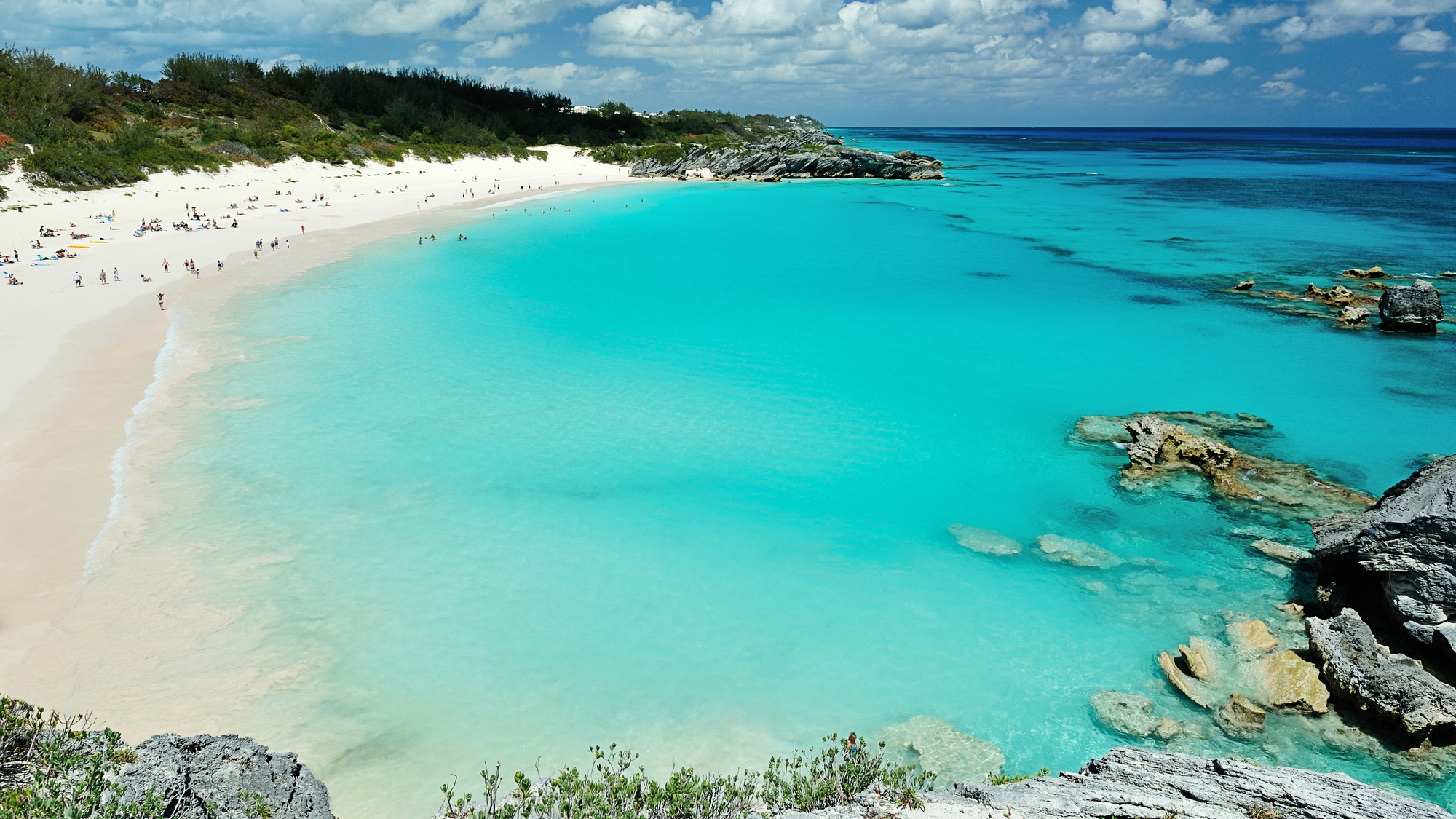

This week, Google announced a new transatlantic subsea cable that will connect the United States to Portugal via Bermuda. Dubbed “Nuvem,” after the Portuguese word for “cloud,” the new cable is expected to enter operation in 2026 and Google says it is intended to help “meet growing demand for digital services” and “improve network resiliency across the Atlantic.”
Despite all the talk of data being stored “in the cloud,” the internet mostly runs underwater—at least, internationally. Around 95 percent of international data transmission—and 99 percent of transcontinental data transmission—is sent through one of the subsea fiber optic cables that crisscross the planet. Whenever you visit a website hosted in another country or send an email to a friend who’s overseas, that data is almost certainly sent via one of these underwater cables.
According to TeleGeography, a site that tracks subsea cables, there are more than 550 active or planned subsea cables. The number is constantly changing as old cables are replaced and new cables—like Nuvem—enter service. In total, they believe there are nearly 870,000 miles of underwater cabling connecting North America, South America, Europe, Asia, and the rest of the world. Some, like the CeltixConnect cable between Ireland and the United Kingdom, are less than 100 miles long, while others extend for more than thousands of miles. The Asia-America Gateway, for example, is more than 12,000 miles long and crosses the Pacific connecting Thailand, China, Brunei, Malaysia, Singapore, Vietnam, the Philippines, Guam, and Hawaii to the United States. Only the smallest, most isolated islands and Antarctica are out of the loop—anyone at the South Pole is stuck using slow satellite internet. If you want to see them all, TeleGeography has a fascinating map that shows just how many cables cross major oceans like the Atlantic and Pacific.
Understandably, these cables have incredible bandwidth. More than 5 billion people use the internet, and there are just a few hundred cables to transmit data between continents. For example, the MAREA cable, owned by Meta, Microsoft, and telecommunications company Telxius, transmits data in speeds measured in terabits between Virginia Beach in the United States and Bilbao in Spain and even set a speed record back in 2019.
Google has already invested in a number of subsea cables, including Dunant, which connects Virginia to France; Firmina, which will connect South Carolina to Argentina, Brazil, and Uruguay; and Equiano, which connects Portugal, Nigeria, and South Africa. Nuvem will “add capacity, increase reliability, and decrease latency for Google users and Google Cloud customers around the world.” It’s all part of the search giant’s plan to “create important new data corridors connecting North America, South America, Europe, and Africa” that will allow it to transmit ever growing amounts of data.
Perhaps the most interesting thing about Nuvem is that it passes through Bermuda. According to Google’s announcement, over the past number of years the Atlantic island’s government has “undertaken significant efforts to attract investment in subsea cable infrastructure and create a digital Atlantic hub.” These efforts included passing new laws and streamlining permitting to make things easier for tech companies. As a result, Nuvem will be the first subsea cable to connect Bermuda directly to Europe.
In the announcement, Walter Roban, Bermuda’s deputy premier and minister of home affairs, said, “Bermuda has long been committed to the submarine cable market, and we welcome the Nuvem cable to our fast-growing digital Atlantic hub.”
So, come 2026 when the cable is due to go live, your Google data might be passing through Bermuda on its route between the United States and Europe. That, or it will pass through one of the other 12 cables that cross the Atlantic.
Correction (October 2, 2023): The story previously stated that there are nearly 870 million miles of underwater cabling. It should be 870,000 miles.